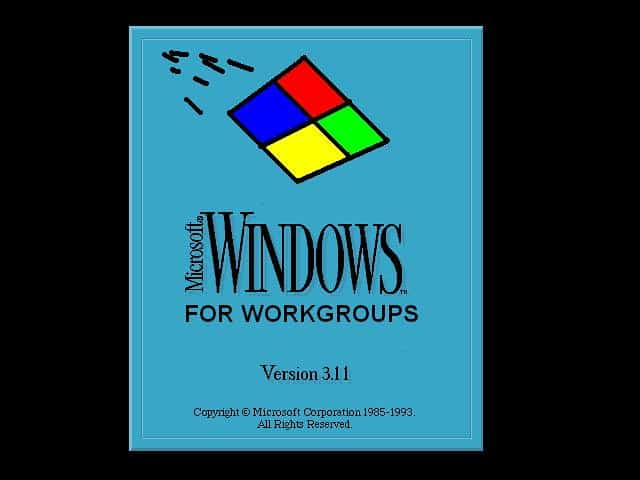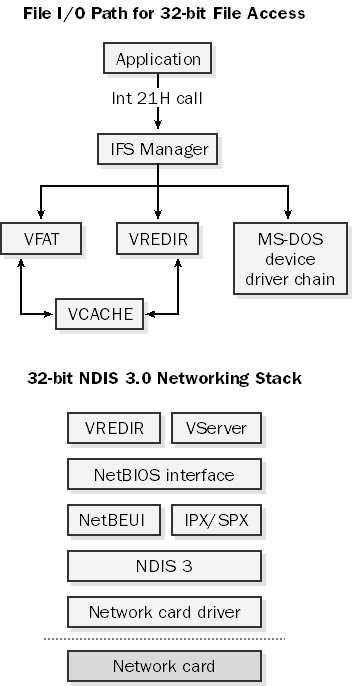Definition of Windows for Workgroups 3.11 in Network Encyclopedia.
What is Windows for Workgroups 3.11?
Windows for Workgroups 3.11 was a version of Microsoft Windows 3.1 released in 1994 that includes integrated networking components. Windows for Workgroups was first released as Windows for Workgroups 3.10; Windows for Workgroups 3.11 added high-performance 32-bit networking access. Windows for Workgroups was released as both a stand-alone product and as an add-on for Windows 3.1.

Windows for Workgroups uses the same graphical user interface (GUI) as Windows 3.1. It includes the following enhancements and features:
- Low 4-KB footprint in conventional memory for use with 32-bit network drivers, enabling large MS-DOS applications to be multitasked in a Windows environment
- Improved performance with 32-bit networking software that provides support for the network driver interface specification (NDIS) 3 standard, plus backward compatibility with the NDIS 2 standard of the 16-bit Windows 3.1 operating system
- Compatibility with Microsoft Windows NT Advanced Server, Novell NetWare, and Banyan Vines
- Autodetection of many network interface cards (NICs)
- Support for IPX/SPX in addition to the earlier NetBEUI network protocols
- Password-protected logon
- Integrated mail and fax software
- Workgroup version of Microsoft Mail for e-mail connectivity, and the Schedule+ utility for keeping track of appointments and tasks
- Additional network utilities such as Chat, Net Watcher, WinPopup, and WinMeter

How it works
The architecture of Windows for Workgroups is essentially the same as that of Windows 3.1 except for the networking subsystem, which supports the newer NDIS 3 standard. Windows for Workgroups also includes enhancements to 32-bit disk access, which is implemented as two Windows virtual device drivers (VxDs): VFAT, a 32-bit, protected-mode replacement for the MS-DOS file allocation table (FAT) file system, and VCACHE, which replaces the MS-DOS SmartDrive disk-caching utility and improves disk input/output (I/O). The network redirector (VREDIR) is implemented as a file system driver as well. The Installable File System (IFS) manager maintains a table that identifies which type of file system device is associated with each disk volume and forwards all I/O calls to the appropriate device.
NOTE
You can add support for advanced TCP/IP features such as Dynamic Host Configuration Protocol (DHCP), Telnet, and File Transfer Protocol (FTP) by using the Microsoft TCP/IP-32 for Windows for Workgroups add-on. You can create the installation disks for this add-on by using Network Client Administrator in Windows NT.